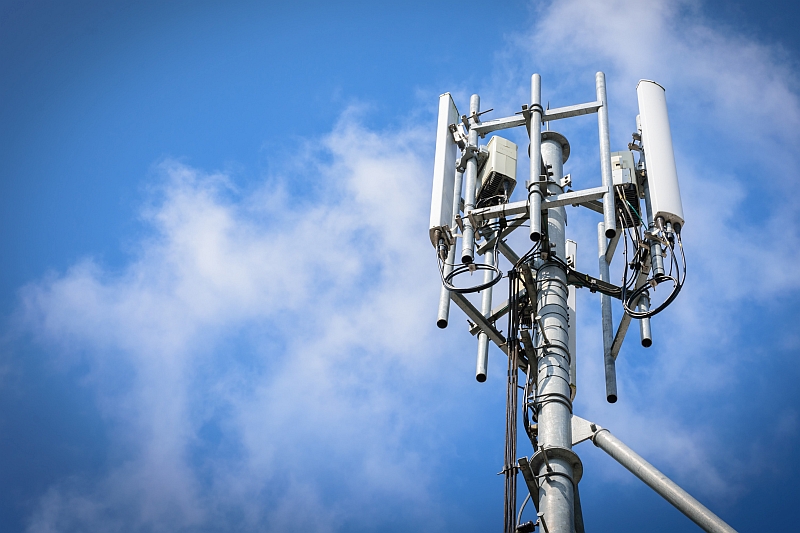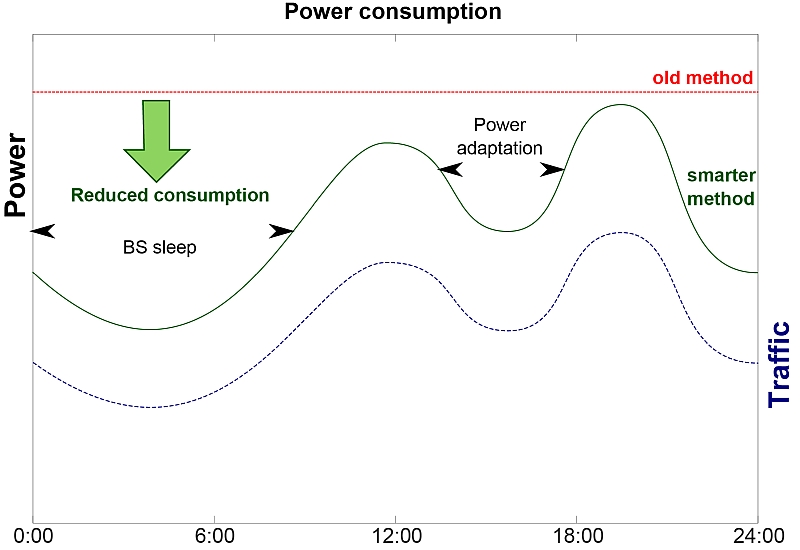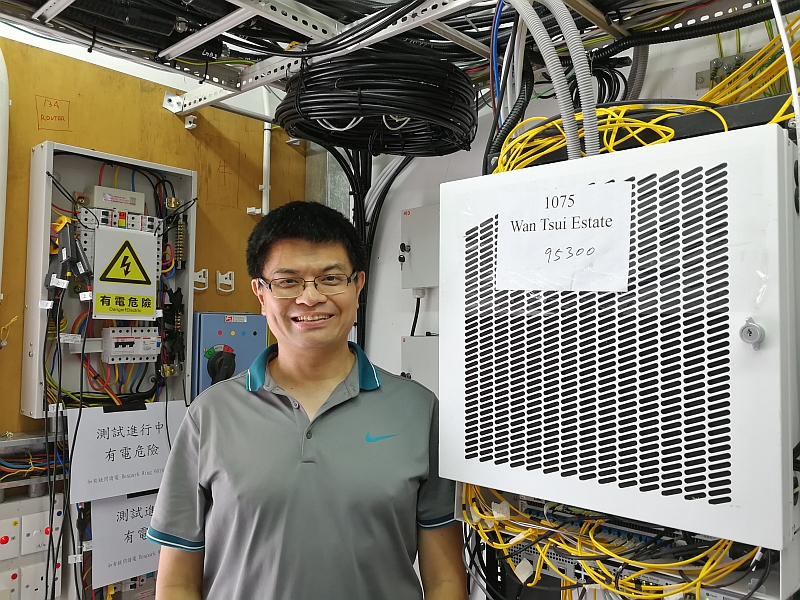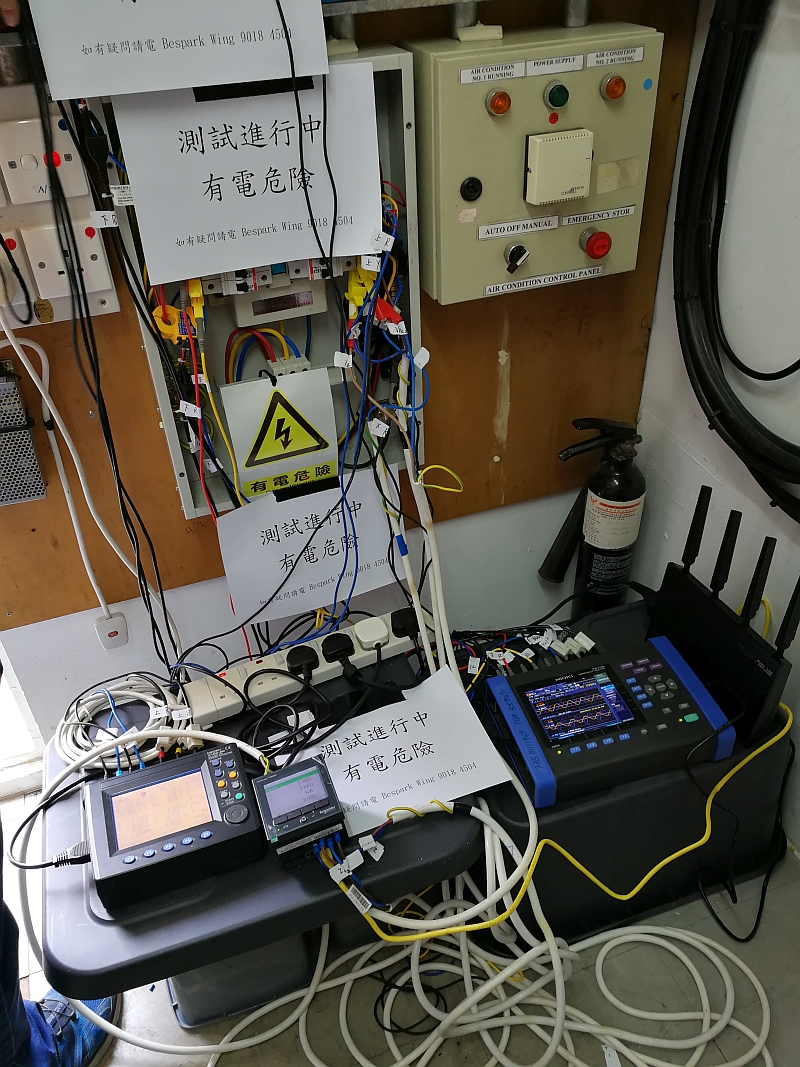Software saving energy in mobile networks

Save up to 4% of electricity consumption
A research project conducted by the Electronic Engineering (EE) Department at City University of Hong Kong (CityU) has developed a software that can optimize mobile network design and reduce the energy consumption of the base stations by up to 4%.
“Base stations contain radio transceivers which maintain communication between the network and the mobile users through radio links. They account for 70-80% of total energy consumption by a cellular network. Most of the time, many base stations are not heavily loaded even though they consume a lot of energy. Hence there is huge energy waste, especially during the low-traffic hours,” explains Dr Eric Wong Wing-ming, Associate Professor at EE Department, who leads the research.
In response, Dr Wong and his team have developed a software which can help optimize the network design by halting some base stations for reducing energy consumption while dynamically allocating network resources to meet customers’ quality-of-service requirements.
“Everyone knows it is energy-saving to let the transceivers to go into sleep mode, a low-energy-consumption mode, when they are not in use during the low-traffic hours. However, the base station sleeping causes a reduction in total available capacity of a network, and so the quality of service may be degraded. So it’s tricky to decide how to halt and how many transceivers that we can halt so that the quality of service would not be sacrificed,” says Dr Wong.
They have developed a software to efficiently evaluate the trade-off between quality of service and power consumption in a cellular network with base station sleeping. The software estimates the power consumption based on the realistic traffic data and energy models, and then evaluates the quality of service by using the accurate and computationally efficient analytical technique “Information Exchange Surrogate Approximation for Cellular Networks” (IESA-CN), which is also developed by the team.
“The advantage of IESA is that it is much faster in computation than using computer simulation, a traditional evaluation means to evaluate the quality of service,” explains Dr Wong. "In terms of computational efficiency, the running time of IESA (about 0.2 seconds) is about 50,000 times faster than that of simulation (about 3 hours). Given its reasonable accuracy, our proposed IESA-CN can be used for searching for optimal solutions to tradeoff between power consumption and quality of service in cellular networks."
With several rounds of testing in different scales of base stations, Dr Wong says we can help save energy consumption of the base stations up to 4% by halting some base stations while maintaining service quality at a satisfactory level. The team estimates that if all the base stations in Hong Kong adopt this technology, the energy saved could be enough for 80,000 households as electricity.
He adds that the software can help mobile network operators to optimize the network design and hence save energy consumption based on the service quality they want to provide.
The research is funded by the Innovation and Technology Fund of Hong Kong SAR government.


